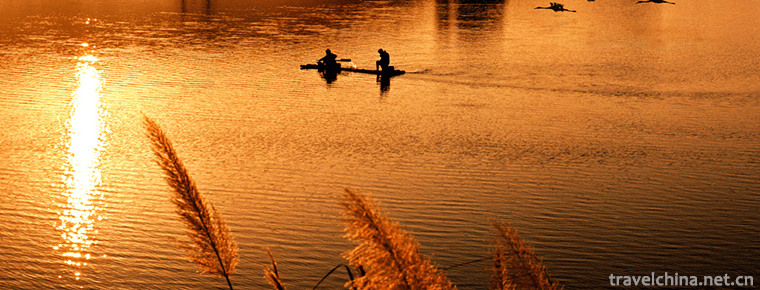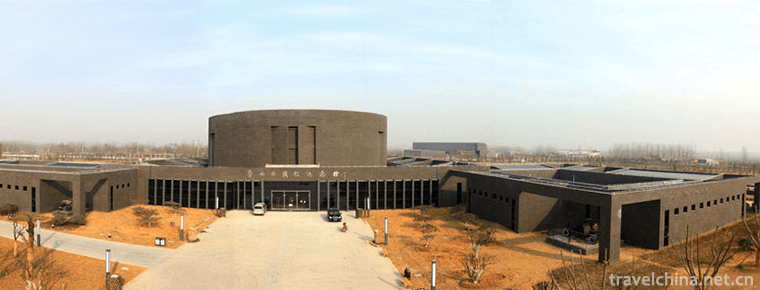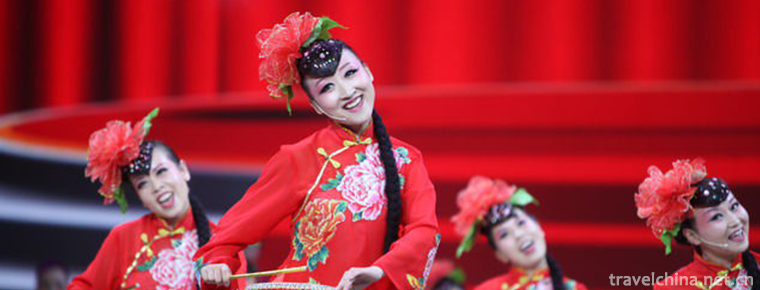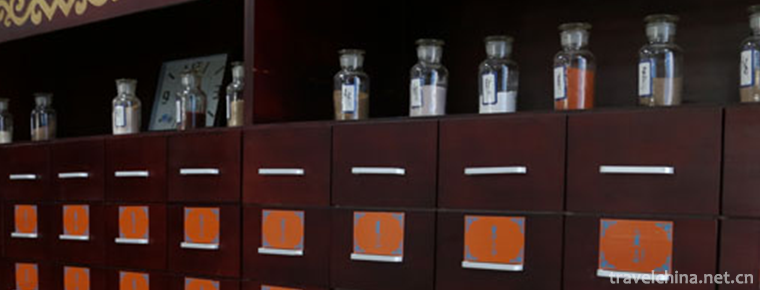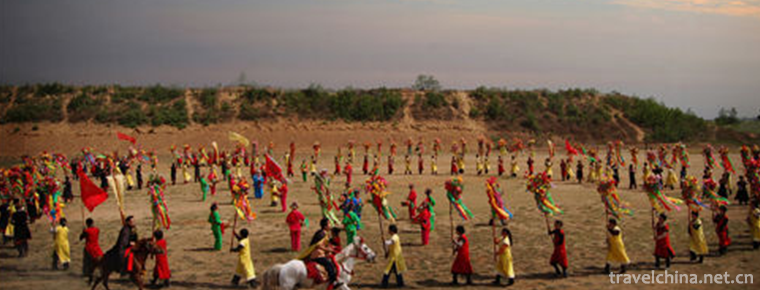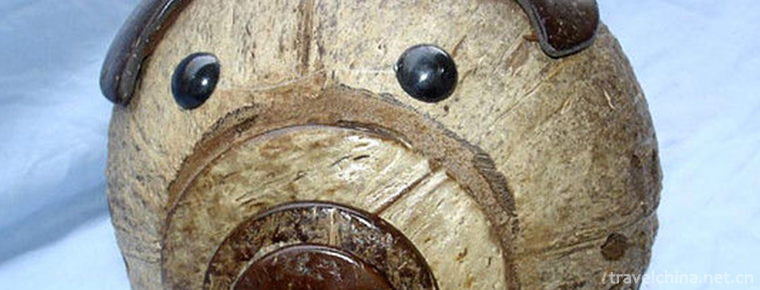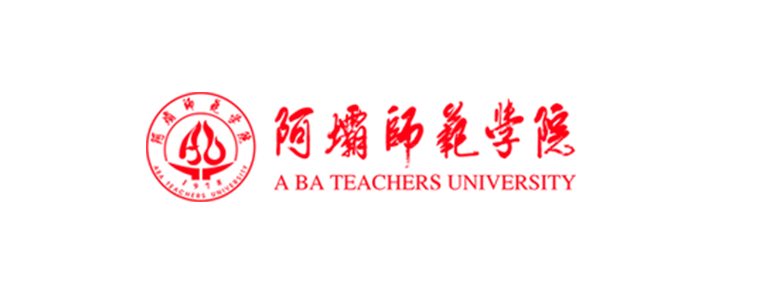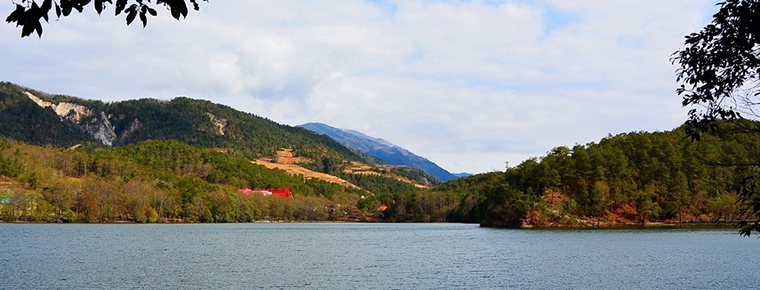Hui Nationality Medicine
Hui Nationality Medicine
Hui medicine is the product of the combination of Chinese traditional medicine and Arab-Islamic medicine. Arabs began to develop science and culture when other European countries had not yet separated themselves from the theological rule of Hui medicine. They set up universities, libraries and trained a large number of talents. Arab culture has reached a high level. Among all subjects, medicine is the most important and has made great achievements.
On June 7, 2008, Hui medicine was approved by the State Council to be included in the second batch of national intangible cultural heritage list.
origin
introduce
With the interaction between Arabs and neighbouring countries, the cultures of neighbouring countries permeate and complement each other in Arab countries, as well as in medicine. Muhammad, the founder of Islam, once said, "Learning is far from China, and it should be pursued." Sino-Arab official friendly exchanges took place in 651 A.D., and medical exchanges also flourished at this time. Therefore, many Arab scholars, especially some philosophers, constantly sum up their own medical practice experience, while translating medical works from other countries into Arabic. As Guev Tuiye mentioned in the book Biography of Philosophers: "Basra doctor Masiljuwei is an Israeli scholar in the age of Harifah Omar Abdul Aziz. His real name is Masil Giss. He is proficient in medicine. During Omar, he led the translation of the medical works of Ehran Gus. It was written in the age of Harifah Moore. His other two works are The Power and Benefit of Food. Damage and Benefits and Losses of Herbal Medicine. Smart doctors were also invited to serve as educational and medical consultants during the Harifah Omar era (717-719 A.D.). Another Hariph Harid Yechd of the Japanese Maya Dynasty was the first person to translate Greek astronomy, medicine, chemistry and other monographs into Arabic. Because of his profound philosophical and literary accomplishments, he made outstanding contributions and was called a sage by later Arab scholars. It is self-evident that along with cultural exchanges, there are many examples of complementary infiltration of medical theories in later Arab medical works, which are the same as the records of Arab medicine in Chinese traditional medicine works such as "Seamedicine Materia Medica", "Qianjin Yaofang", "Compendium of Materia Medica", and so on. They are historical facts.
As early as the 7th century A.D., Arab-Islamic medicine once ranked first in world medicine and had a great influence on modern western medicine. In the Middle Ages, Avicenna, a great Arab philosopher, scientist and medical scientist, traveled all over Iraq, Persia, Azerbaijani and Pakistan. He practiced boldly, studied diligently and sought extensively all his life. From 980 to 1037, he wrote a great book, Medical Code, which integrates ancient Greek medicine, Indian medicine, Chinese medicine, Arab medicine and philosophy, and became the founder of modern medicine and Arab medicine. There are many Arab medical works in the Middle Ages, many of which have been lost, including the Medical Code, which still has more than 400 kinds.
origin
As Arab medicine has absorbed the essence of Greek medicine, Roman medicine and Indian medicine (including pulse studies of Chinese medicine), it has gradually formed its own medical system in the long historical process. In the 2nd century, the famous Iranian physician Lazis'medical masterpiece "Comprehensive Medicine" 10 volumes and Abbasad Davia's "Comprehensive Encyclopedia" came out, which enriched the contents of the therapeutics of Arab medicine. At that time, Arab medicine has become an ancient medicine with rich theory and experience.
Health care
The health care of Hui people is closely related to their living customs. Huihui often drinks covered bowl tea, which is called "Babao covered bowl tea" with wolfberry, jujube, longan, walnut kernels, raisins, dried fruit, ice sugar and sesame. This tea has the functions of invigorating spleen and kidney, invigorating eyes, nourishing qi and blood, resisting wind and cold, and strengthening body. In addition, I also like Camellia oleifera, which is made by chopping mutton, frying it with oil, fried noodles, and stirring it with onion salt foam. This tea is edible, easy to carry, easy to store, and has the functions of warming the stomach and dispelling cold, moistening the intestine, invigorating the spleen, strengthening the stomach and benefiting the kidney.
To sum up, in the process of its development and improvement, Chinese traditional medicine absorbed the essence of Arabia and Persian medicine through the power of Chinese Hui nation. And Islamic medicine was formed by blending the quintessence of ancient Egyptian, Greek, Indian, Arab and Chinese medicine. From this point of view, Huihui medicine plays an irreplaceable historical role in the history of traditional Chinese medicine. Nowadays, in response to the country's great historical opportunity to dig out and sort out all kinds of ethnic medicine, it has become extremely urgent to carry out in-depth research on Hui medicine. As a member of the medical returnees, we have an inescapable responsibility. We are saving and digging, preparing for Hui Medical Research Institute. We invite our colleagues and friends who care about Hui Medical Science to give support and help to revitalize Hui medicine, form a medicine culture with national characteristics and an advantageous industry, and make contributions to people's health.

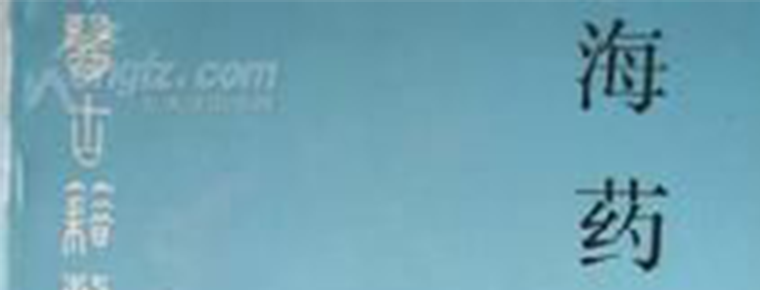
-
Poyang Lake National Nature Reserve
Jiangxi Poyang Lake National Nature Reserve is located in the north of Jiangxi Province. It is a nature reserve for wildlife protection. The main protected objects are rare migratory .
Views: 181 Time 2019-02-07 -
Yangshan Ancient Town International Military Tourism Resort
Yangshan Ancient Town International Military Tourism Resort is located in Yangshan Town, Jinxiang County, Southwest Shandong Province. Yangshan Ancient Town International Military Tourist Resort is a .
Views: 187 Time 2019-03-02 -
Heluo drum
Heluo Dagu, commonly known as "Shuoshu", is one of the traditional local songs in Henan Province..
Views: 173 Time 2019-05-03 -
Mongolian Medicine
Mongolian medicine is mainly moxibustion, and is good at using fire needles. Fire needle is a method of treating diseases by rapidly puncturing the acupoints with red-hot needle tips. This method has .
Views: 306 Time 2019-06-04 -
Running curtain
Running curtain originated in the Spring and Autumn Period and Warring States Period, formed in the Qin and Han Dynasties, flourished in the Song, Yuan, Ming, Qing Dynasty and the early Republic of Ch.
Views: 332 Time 2019-06-09 -
Coconut carving
Coconut sculpture is made of coconut shell, coconut palm and coconut wood as raw materials, and is carved into various practical products and plastic arts by hand. Coconut sculpture is one of the spec.
Views: 144 Time 2019-07-11 -
Aba Teachers University
Aba Teachers College, formerly Aba Teachers College, is a full-time general college approved by the State Council in December 1978. In 1993, it was renamed Aba Teachers College. The school was origina.
Views: 227 Time 2019-08-31 -
down the mountain Yao Bu Yao Mai Cai Tik Tok Songs 2020 Hot Songs
"Down the mountain" is composed by Zhu bin. Yao Bu Yao Mai Cai to sing. It was released on November 22, 2019.
Views: 141 Time 2020-05-21 -
Yi sea
The Yi sea is also known as the fish sea, and the local Yi people are called Su pin. It is located in Yangping mountain, Yihai Town, 40 km north of Mianning County. It is 330 km away from Chengdu, the capital of Sichuan Province.
Views: 123 Time 2020-10-15 -
Furong mountain
Furong mountain in Sichuan Province is a snow mountain, stretching for hundreds of miles. Furong mountain scenic area is composed of Furong mountain, Shunan hot spring, hanging coffin.
Views: 132 Time 2020-10-16 -
Leshans first industry
In 2019, the sown area of crops in Leshan City is 344100 hectares, an increase of 3318 hectares over the previous year. Grain planting area was 217800 hectares, an increase of 122 hectares over the previous year; oil planting area was 46500 hectares.
Views: 319 Time 2020-12-17 -
Meishan population
At the end of 2019, the total registered residence population was 3 million 422 thousand and 600, of which 1 million 194 thousand and 900 were urban population. At the end of the year, there were 2.995 million permanent residents, including 1.433 million urban.
Views: 333 Time 2020-12-18
